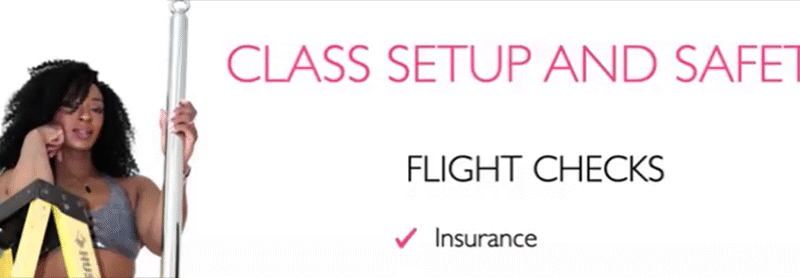So, you’ve been poling for a while, and you want to get some amazing photos…

What is the difference between marketing and sales?
Wait—there is a difference between marketing and sales? Yes! The two terms are often used interchangeably, and their functions overlap and feed into each other, further confusing things. For example, at an event, you might hand out brochures and business cards, answer questions, and hold a raffle (marketing) but also sell several costume pieces (sales). It all happened at the same time and often with the same customers, so where’s the line?
Although the difference seems muddled, sales and marketing are two separate yet equally important functions of any business. Large corporations have teams of people dedicated to each task, but chances are small business owners are doing both on their own, so it is important to understand the role of each to maximize your business’ reach and bottom line.
What is marketing?
The first thing to understand is that in the case of marketing and sales, the egg comes before the chicken. In other words, marketing generates sales; it is very difficult to sell your product or service if nobody knows about it.
Marketing requires small business owners to do research to understand their existing customer base as well as potential customers. They also need to understand how their customers like to be communicated with and have a firm grasp of what it is they are trying to sell (see How To Create a Marketing Plan for more about understanding what you are offering your clientele).
There are different tiers of marketing strategies. Cold marketing involves promoting your business to people who are not already familiar with your goods or services. It might include mass mailers, posters in public or virtual spaces, and giving your business card to folks you meet at the grocery store. Cold marketing can also involve word-of-mouth, when happy customers let others know about your business.
Warm marketing is getting the attention of people who know about your business and have perhaps already sampled it. It is one step closer to a sale. For example, a customer came to a bachelorette party your pole studio hosted six months ago and they have been thinking about taking classes ever since. They are on your email list and receive your monthly newsletter, which inspires them to sign up.
Hot marketing attracts the folks who are familiar with your product or service and have maybe purchased from you before. These are the folks who would clearly benefit from your offerings and it’s your job to convince them to choose you over the competition.
What is sales?
Sales is the process of converting potential customers into paying customers. The customers are now aware of your business thanks to your marketing strategies, you have developed a relationship with the customers most likely to benefit from what you have to offer, and now it’s time to make a sale.
To reach the most people within your demographic, your marketing efforts will be broad and long-term. Your sales efforts, however, should focus on closing the deal with one person at a time in the short term.
Sometimes making a sale takes very little effort, like when a customer says “I’d like to buy a six-class package, please.” Well, that was easy! But it then becomes your job to make the experience one that keeps the customer coming back. Other times, it takes some interpersonal skills (read: convincing) to pave the way for a successful sale.
Keeping track of who purchases your goods and services, how much, and how frequently will help you better understand your customer base and therefore improve your marketing.



